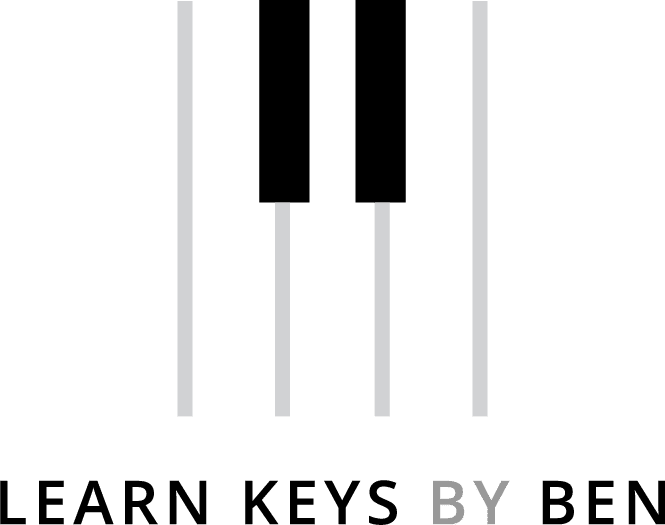
The Ultimate Guide to Digital Piano for Beginners
Time has Changed Everything
When thinking about what kind of a digital piano to get, this is a great example of how times have really changed. This is a question that I think gets the same answer whether it's going to be a piano for beginners, advanced players, or anything in-between. When digital pianos were introduced in the late 1970's, they were not very authentic sounding, and the feel when you played them was also not very realistic.
Now as we find ourselves in the third decade of the Twenty First Century, different digital pianos do have differences in the way they play, but many are made to play and feel just like a real piano, and the sound quality has come a very long way in the last few years.
Not All Keyboards Are Equal
There are three main types of what is called “action”, which is the feel that the keys have when you play them. The one that is the most like an acoustic piano is the weighted action. This has a fair amount of resistance when the keys are pressed, and is usually found in the larger and heavier digital pianos. This type generally will have eighty-eight keys as well, which is a full size keyboard. The next type of action is called “semi-weighted”, and this has some resistance when the keys are played, but not as much as the “fully weighted” keys. This feel is well represented in the ones made by Casio, Yamaha, and Roland. This is probably the most common feel for a digital piano, as it has what might be considered the “best of both worlds”. This would often be a smaller size than the largest keyboards, while maintaining a full eighty-eight keys and a great variety and quality of sounds. Many of these also contain the ability to have different drum beats playing in many different musical styles and tempos while you play along, and this is a great way to practice playing with a steady beat in different styles, helping you to become a better and more well rounded player. The ability to play with steady time is essential to playing alone, in a professional setting, or even just casually with other musicians. The third type of action is the “non-weighted” keyboard, where there is little to no resistance for the fingers when playing the keys. These digital pianos are often smaller in size and have fewer keys, typically either seventy six or sixty one keys. The biggest benefits to having a “non-weighted” keyboard, besides the smaller size, is that it’s easier to play for longer periods of time without your hands and arms getting tired, and it is easier to play organ and string type of sounds where the heavier action can work against you.
Best Advice Is To Pick What Works For You
Digital pianos come in many shapes and sizes and can even be portable, so being able to find a place to play and store your instrument can be much easier. Many of them are made to look like an upright or grand piano, but the inside is electronic. These are generally the most expensive digital pianos, but the look and quality of sound is very nice, so some will want to go in this direction if they can afford it and have a little extra space for it.
We have found that Casio digital pianos seem to have the most realistic piano sound all the way up and down the keyboard, but in the end it is a choice of personal taste, space and ability. Whichever you choose will give you years of enjoyment and creative expression.
Start Learning to Play Today
If you're not ready and need some more info on what is needed to get started. Download our Beginner's Handbook

Do you want to learn to play piano, but don't know where to start? That is why we have put together our Beginner's Handbook. This book helps to answer all your questions about what you need to get started with online piano learning.
